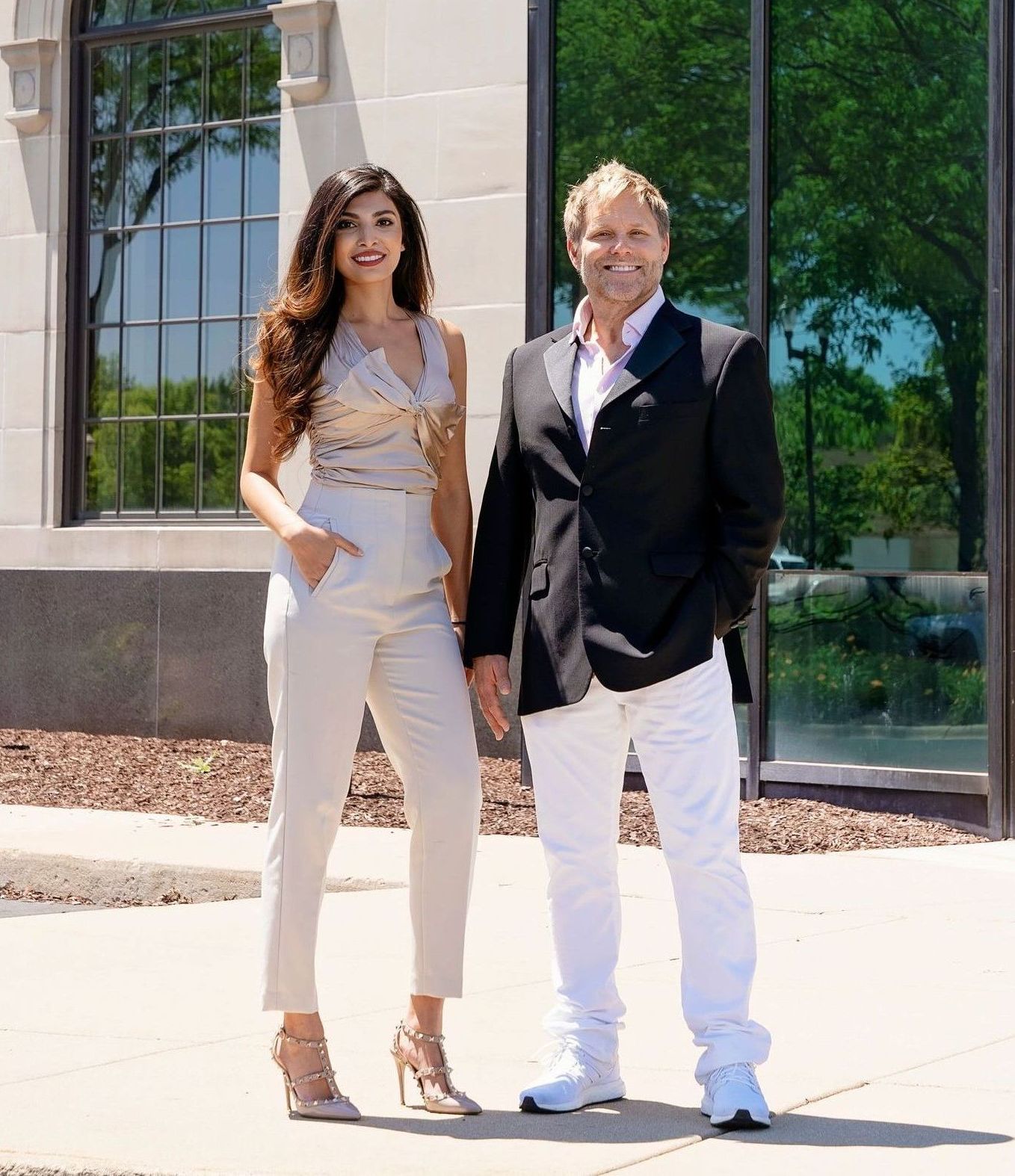Dental Bonding
While teeth are strong, everyday instruments, they aren’t indestructible. Teeth can become cracked, chipped, and otherwise damaged due to a number of factors including simple accidents like biting into hard candy or bumping into a wall. Fortunately, at Chapko and Shah Modern Dentistry, tooth damage that’s caught early on can be reversible with dental bonding.
What Is Dental Bonding?
Dental bonding involves applying a composite resin to repair minor damage to your teeth. The resin used in bonding is similar to that used in tooth-colored fillings, offering many of the same benefits. Unlike tooth-colored fillings, bonding can be used for both cosmetic and restorative purposes to solve a wider array of oral health and cosmetic issues.
Benefits of Dental Bonding
Dental bonding is quick, painless, and often more affordable than veneers. This procedure can be used to address the following issues:
- Cracked or chipped teeth
- Misshapen teeth
- Stained or discolored teeth
- Fillings after cavity removal
- Small gaps between teeth
- Teeth that are decayed
Bonding can also be used to:
- Reinforce a tooth and protect it from further damage
- Make it easier to eat, speak, and smile
- Restore self-confidence in your smile
The Dental Bonding Process
Consultation
Before you can undergo bonding, you’ll attend an initial consultation with one of our skilled Belvidere dentists. During your initial consultation, your dentist will thoroughly examine your mouth, review your medical history, explain your sedation options, and discuss your smile goals.
They’ll answer any questions you may have and explain alternative options, so you can make an informed decision that’s right for you. Once you and your dentist decide to go forward with dental bonding, we’ll schedule you for your next appointment.
Preparation
To begin the bonding process, our Belvidere dentist will match the shade of the resin with your natural teeth to ensure it seamlessly blends in with your smile. The resin is molded and sculpted over an adhesive that’s placed over the tooth.
One of our dentists will then trim, polish, and shape the surface of your tooth to prepare it for the resin application. If the bonding is being used to fill a decayed tooth, treat a tooth that’s cracked close to the nerve, or repair a tooth that needs to be drilled to change its shape, we’ll apply a local anesthetic so you don’t feel any pain while your dentist works.
At this time, we can also apply your chosen sedation method, or if you took your sedative at home, we’ll make sure it’s working properly. Once we’ve ensured your anesthetic is working, your dentist will etch the surface of the tooth to make it easier for the resin to adhere.
Resin Application
Once your tooth is prepared, your dentist will apply the resin and shape it to match your natural tooth. The resin will be hardened instantaneously using a handheld blue light, then your dentist will trim and polish the material once it hardens to further match it to your tooth.









